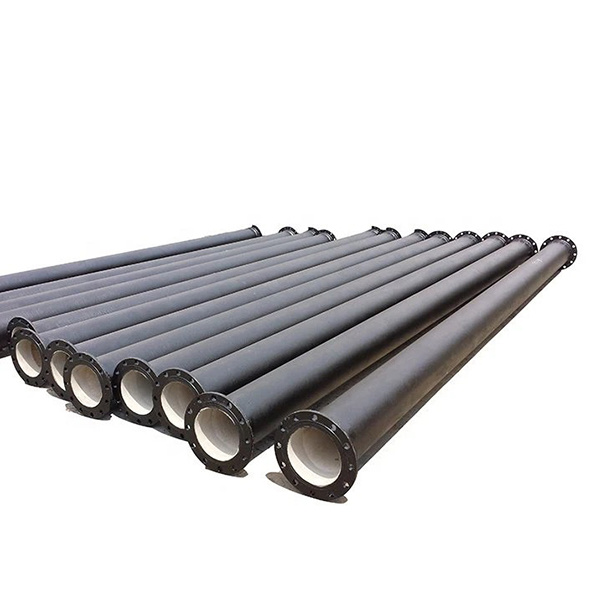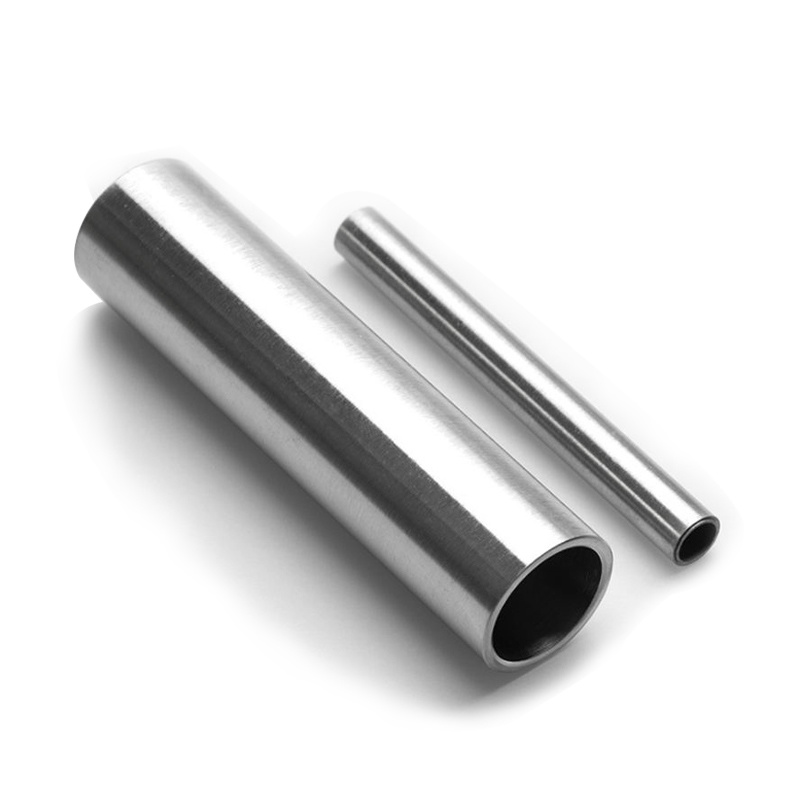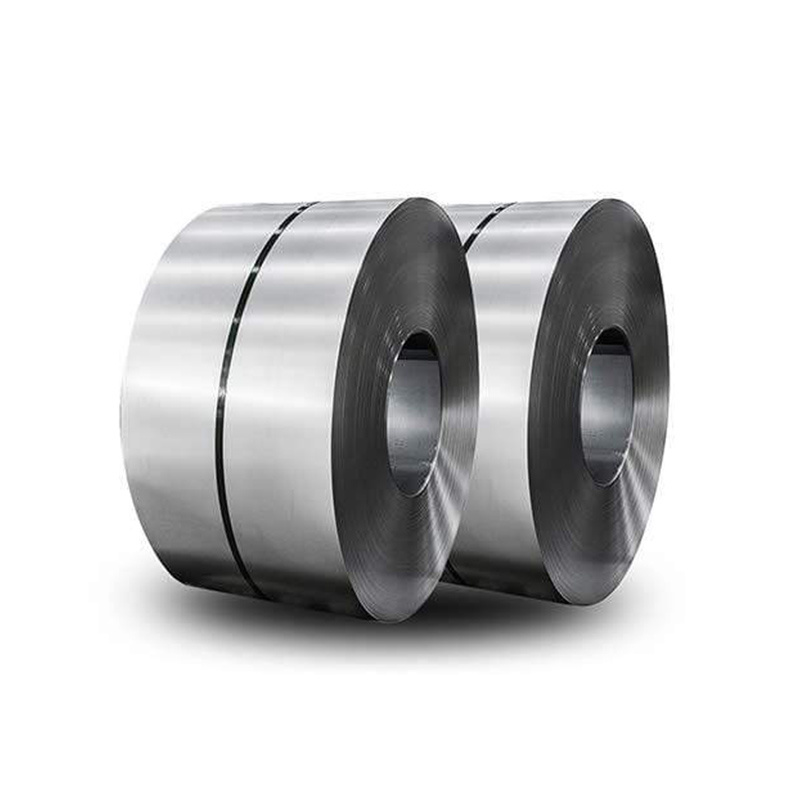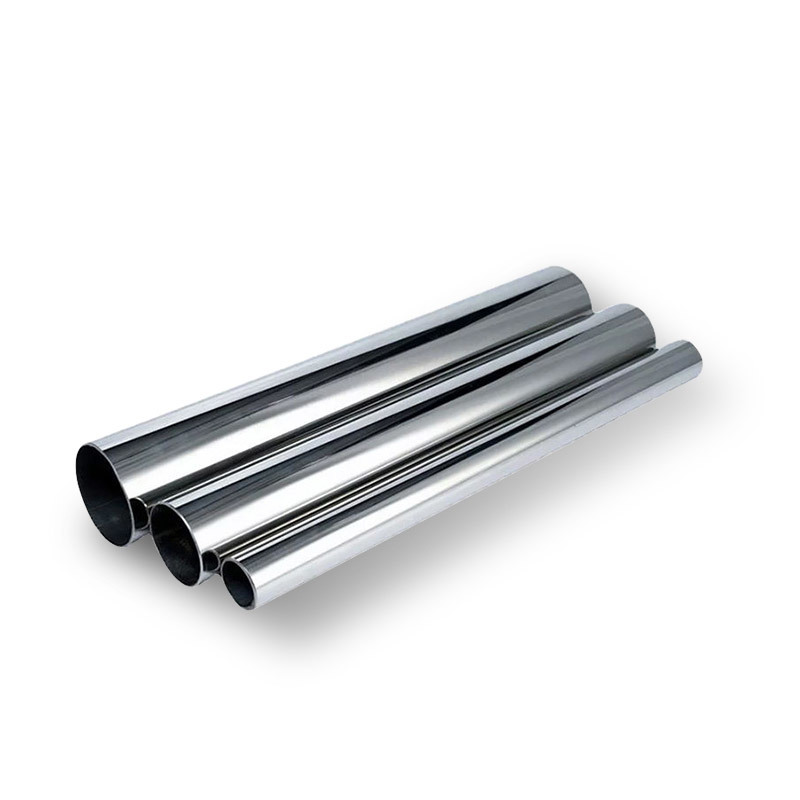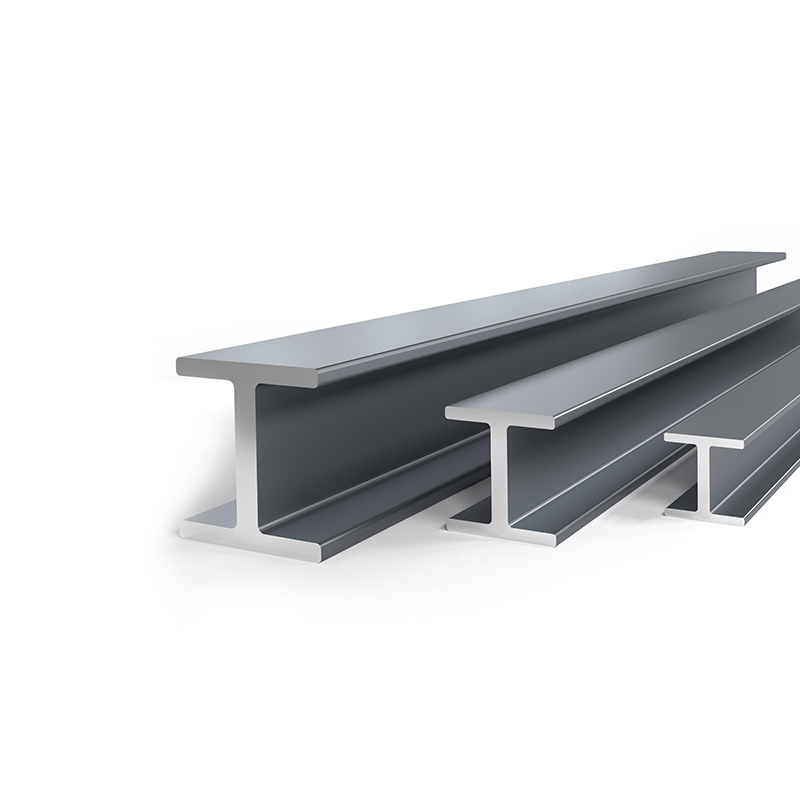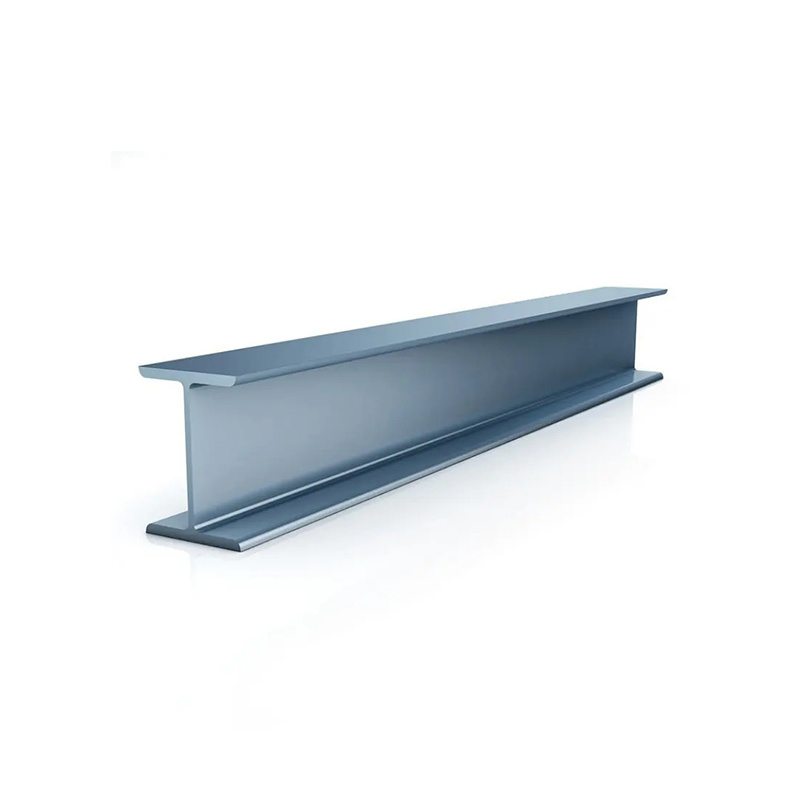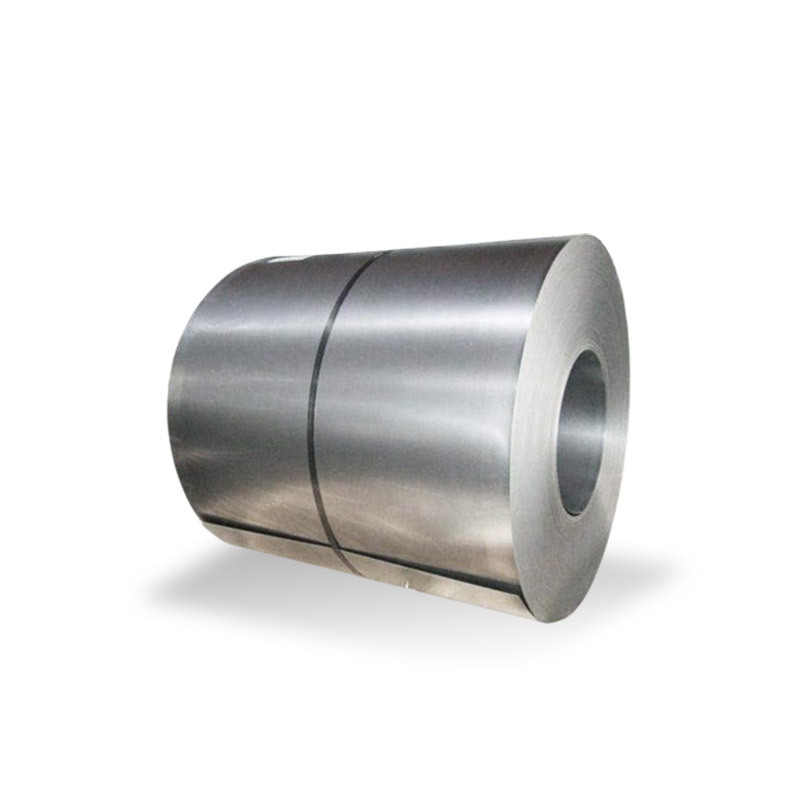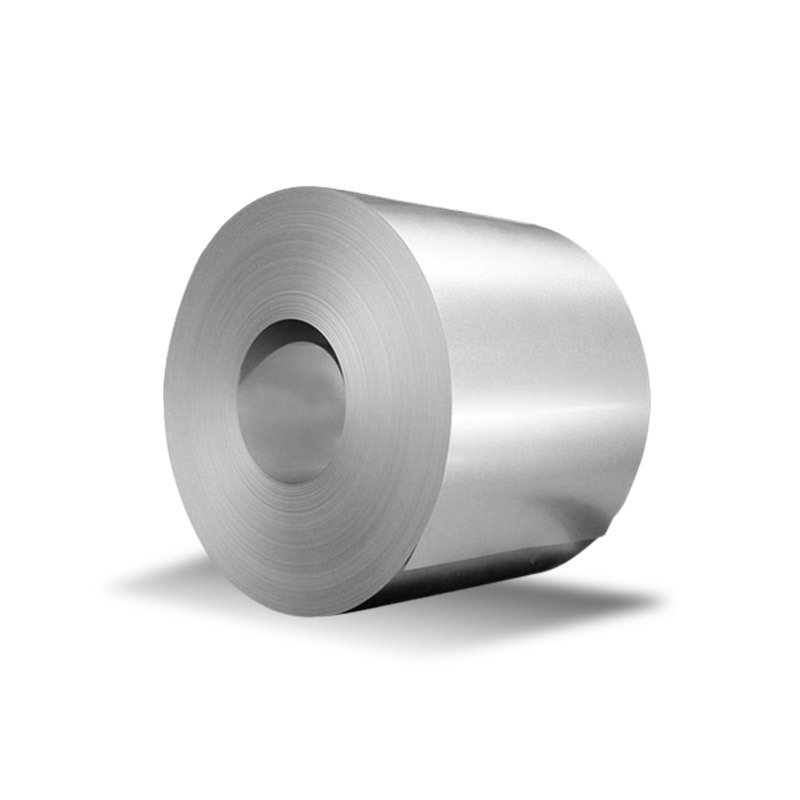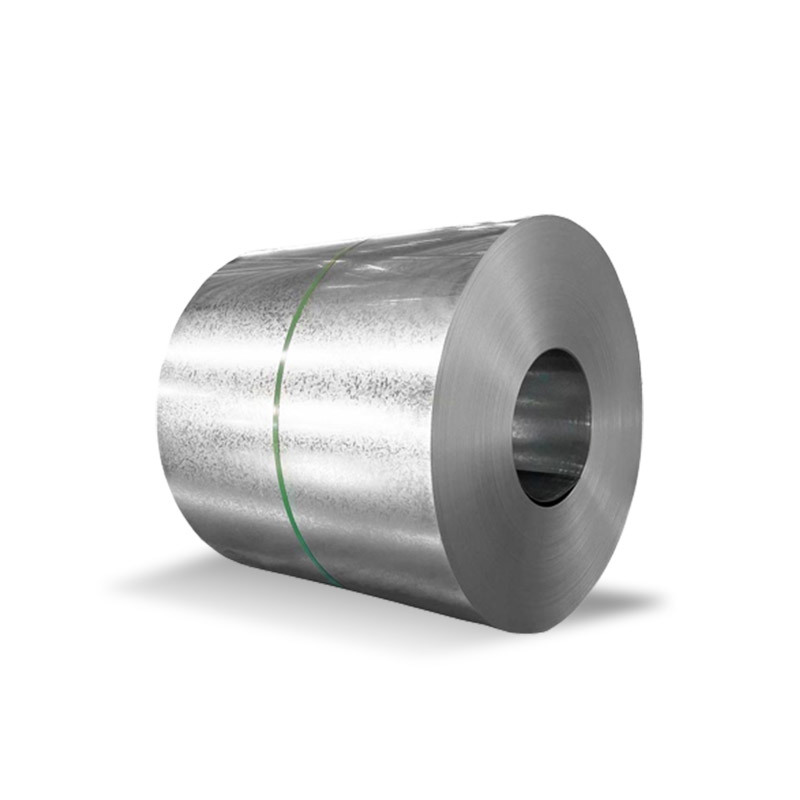PRODUCT CENTER
CONTACT US
If you are interested in cooperation, please contact us immediately, we will give you feedback as soon as possible!
Mobile
Ductile iron pipe refers to the use of more than 18 casting iron by adding a spheroidal agent, through the centrifugal ductile iron machine high-speed centrifugal casting into the pipe, referred to as ductile iron pipe, ductile iron pipe and ductile casting pipe and so on. Mainly used for water transportation, is the ideal choice of materials for water pipeline.
Grade 316 stainless steel is an austenitic form of stainless steel with a molybdenum content of 2-3%. The addition of molybdenum makes the metal more resistant to pitting and corrosion and improves its resistance to exposure to high temperatures. This grade of stainless steel is particularly effective when used in acidic environments. With this metal, corrosion caused by acetic acid, hydrochloric acid and other forms of acid can be prevented.
301 grade stainless steel is a common austenitic stainless steel with good corrosion resistance and high carbon content, and can be cold worked to various temperatures. Among stainless steels, 301 is the most easily strengthened steel by cold deformation. Cold deformation processing can improve the strength and hardness of steel, and retain sufficient plasticity and toughness. In addition, this steel has good rust resistance under atmospheric conditions, but its corrosion resistance in reducing media is poor, and its corrosion resistance in chemical media such as acid, alkali and salt is poor. Therefore, it is not recommended for corrosive environments.
Type 201 stainless steel is an austenitic chromium-nickel-manganese stainless steel, which is developed to save nickel. Type 201 is a low-cost alternative to traditional Cr-Ni stainless steels such as 301 and 304. The nickel is replaced by added manganese and nitrogen. It cannot be hardened by heat treatment, but can reach high tensile strength by cold working. Type 201 is essentially non-magnetic in the annealed condition and becomes magnetic upon cold working. In many applications, the 201 type may replace the 301 type.
H-beam is a more optimized cross-sectional area distribution, more reasonable than the economic section of high-efficiency profiles, because of its section and the English letter "H" the same name. Since all parts of the H-beam are arranged at right angles, the H-beam has the advantages of strong bending resistance, simple construction, cost saving and light structure in all directions, and has been widely used.
Galvanized H-beam is a cross-sectional area distribution is more optimized, more reasonable than the economic section of high-efficiency profiles, because of its section and the English letter "H" the same name. Since all parts of the H-beam are arranged at right angles, the H-beam has the advantages of strong bending resistance, simple construction, cost saving and light structure in all directions, and has been widely used.
Galvanized steel is a type of steel that is coated with zinc for protection by an electroplating process. The galvanized layer is applied to cold rolled steel at low temperatures. So EG steel is also known as cold galvanized steel. Through electrolytic galvanizing, a uniform and dense zinc layer is finally formed on the surface of the steel, but the mechanical properties of the material are still maintained. Electrogalvanized steel is usually sold in coil or sheet form. EG coil is a kind of material that can be cut, slitted and profiled for other purposes.
Prepainted Galvanized Steel Coil
When steel components are used to make more complex finished products, they can be galvanized before the product is assembled. This is called pre-galvanizing, or "pre-galvanizing". It may also be referred to as "in-line", "continuous" or "rolled" galvanizing. Essentially, steel components (such as sheets or wires) are galvanized using an automated process before they are cut to size.
The material of DX51D galvanized sheet is a non-ferrous alloy with zinc as the matrix and other elements. The main alloying elements are aluminum, copper, magnesium and so on. Zinc alloy has low melting point, good fluidity, easy plastic processing and welding, and resistance to atmospheric corrosion. According to the manufacturing process, it is divided into cast zinc alloy and deformed zinc alloy. The commonly used casting zinc alloy is zinc-aluminum-copper-magnesium alloy, which has good casting process performance, and the cooling rate has little effect on the mechanical properties. They are mainly used in the manufacture of mechanical parts, toys, decorations and household appliances.


